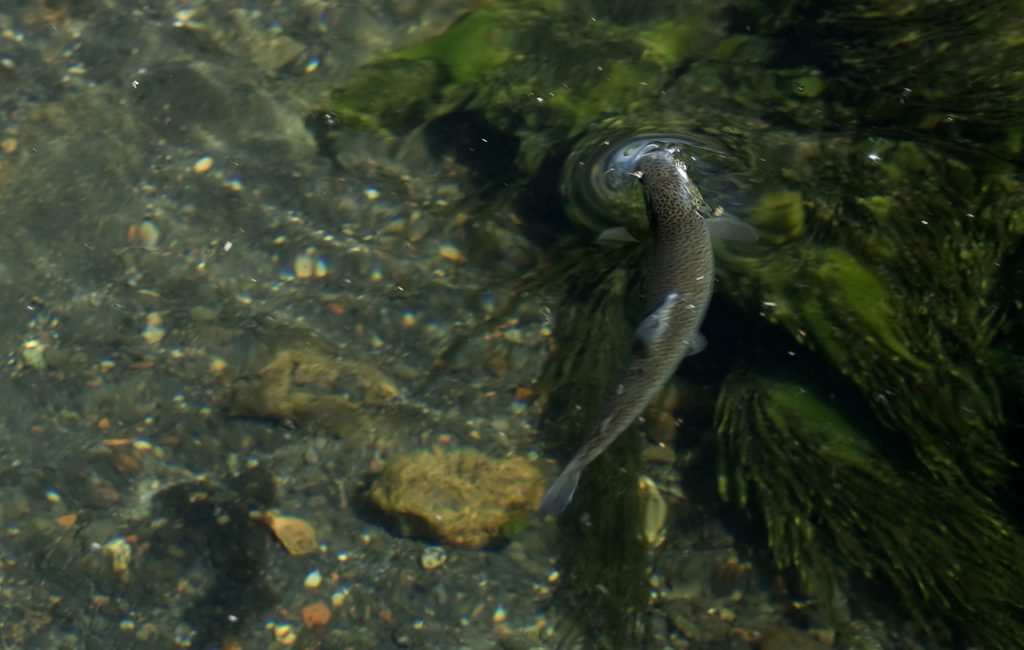
The importance of a certain food item for trout and grayling and other species can be ascertained in several ways. You can get on the water with a seine and check what’s available to the fish, but you can also have a look at the number of imitations of a certain insect or other prey.
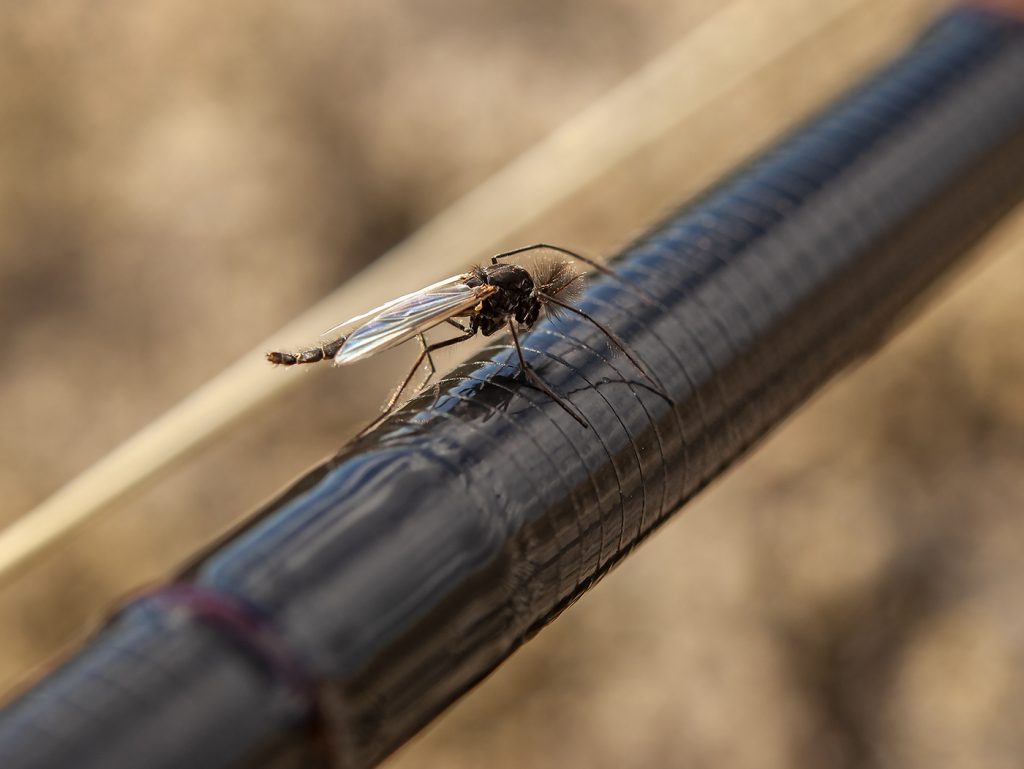
Shrimps are a good example when it comes to sea trout in the salt water around Southern Scandinavia. Midges are another good example when it comes to still water. Midges are typically quite small, even though some species are surprisingly big, but what they lack in size they make up in numbers – and the fact that they are an exceptionally easy prey. The larvae are basically unable to swim and the emerger can hang for a long time before breaking out of the pupae. And they are present in any body of still water, so there’s a reason the number of imitations is near limitless.
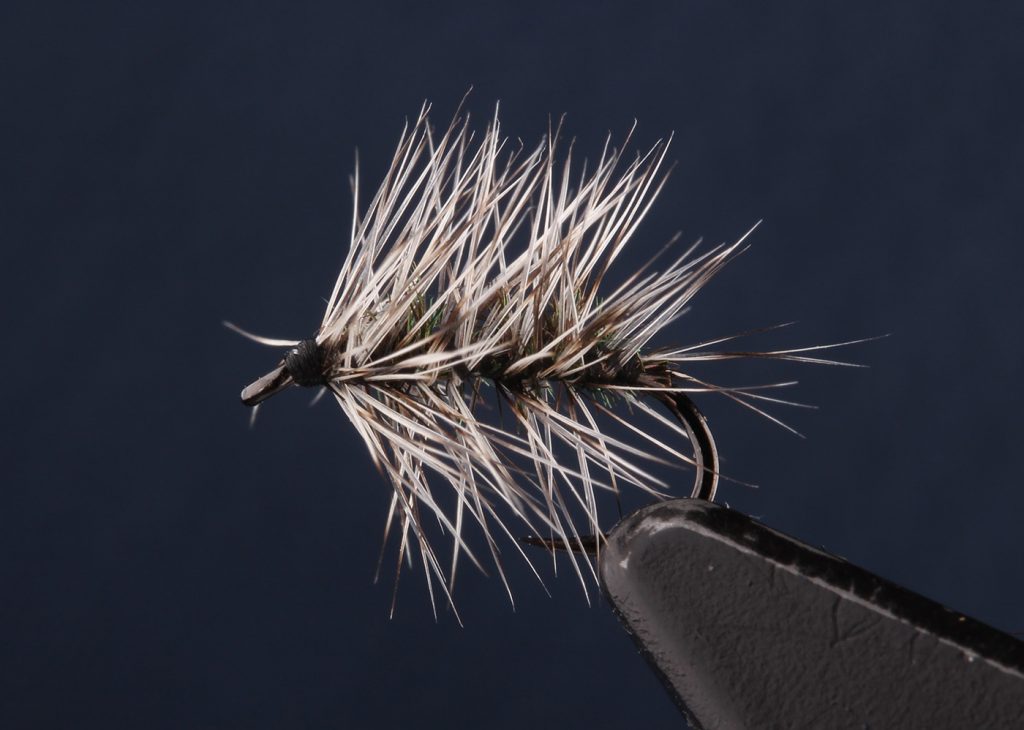
Today we feature a few of Håkan’s favourites. Like so many others, Griffith’s Gnat is on the list. An excellent, suggestive pattern, which is easy to tie and can be fished dry as well as “damp”. I have them in my box from size 10-12 down to size very small. Generally midges are so smal that details don’t really matter and mere suggestion of a body and wings/legs is more than enough. Griffith’s Gnat fits this bill perfectly.
Shuttlecock emerger is another style of midge fly that’s well established and very popular. Here’s a lovely, simple and effective shuttlecock-style CDC-emerger by Håkan.
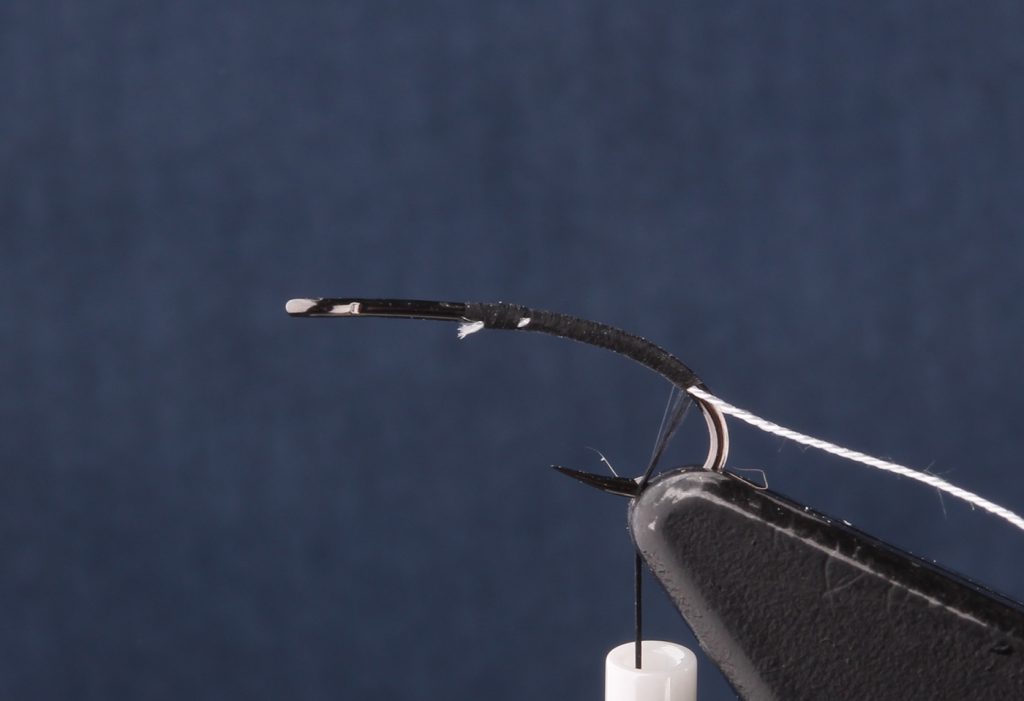
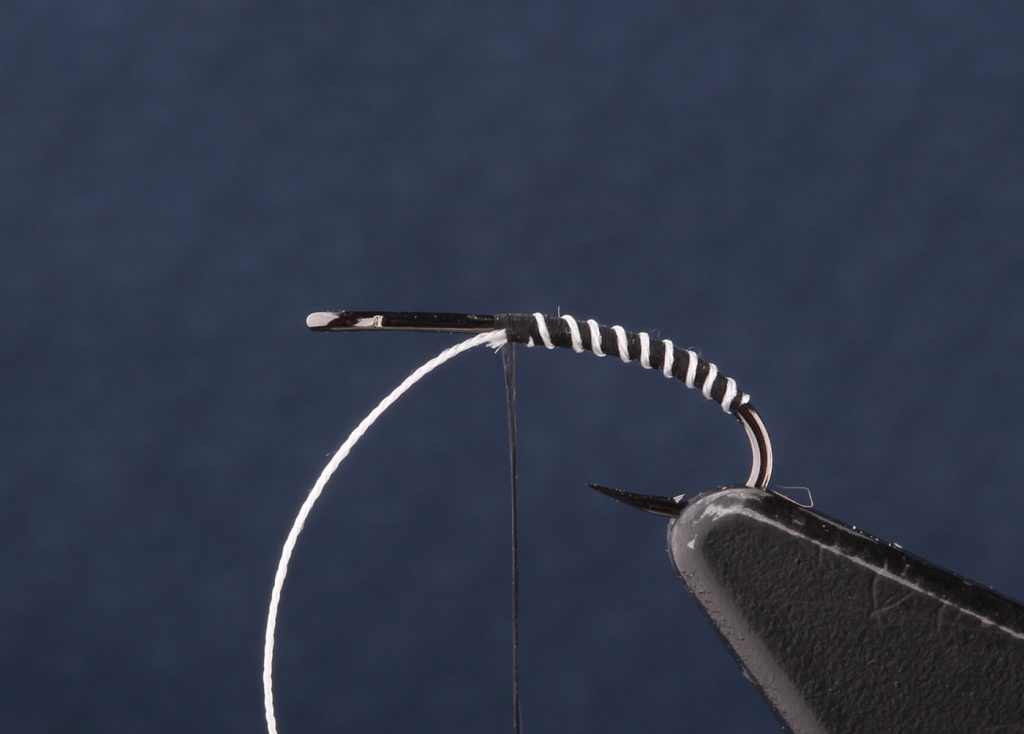
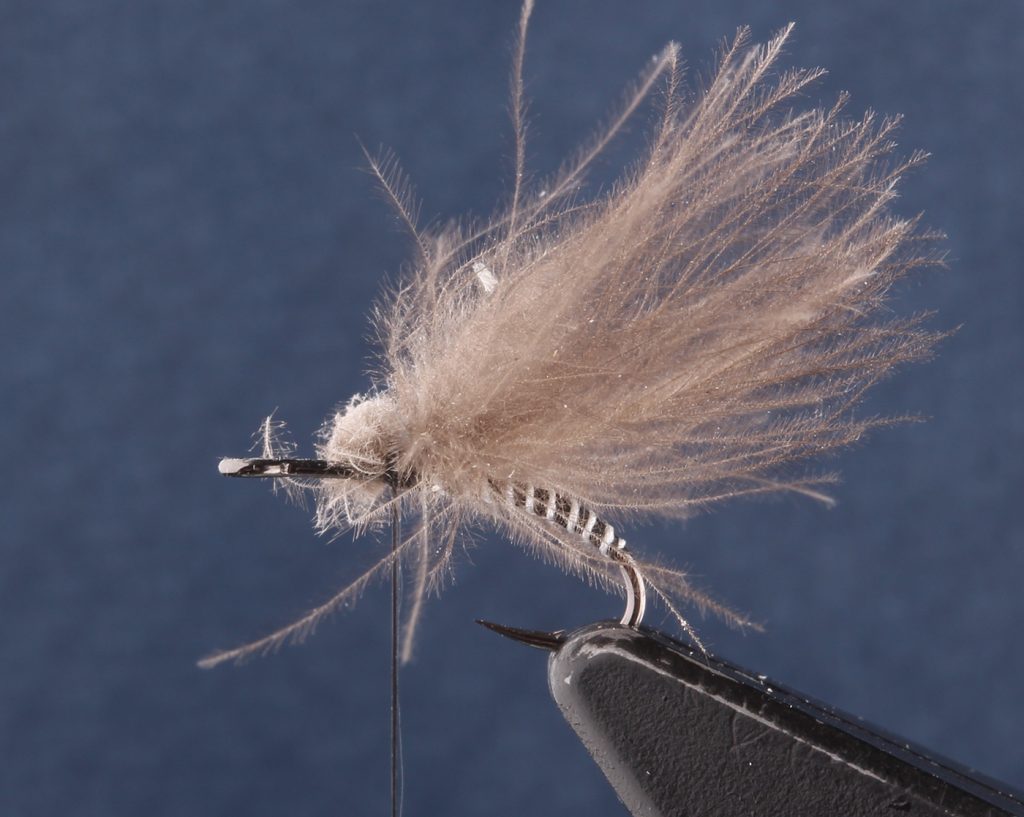
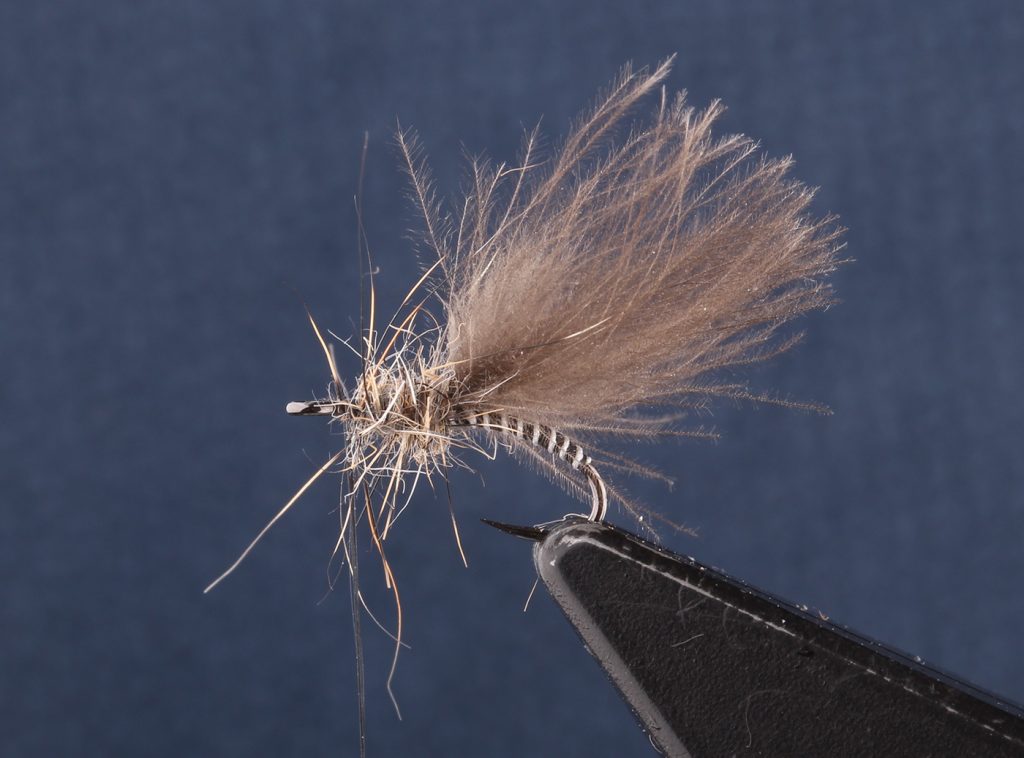
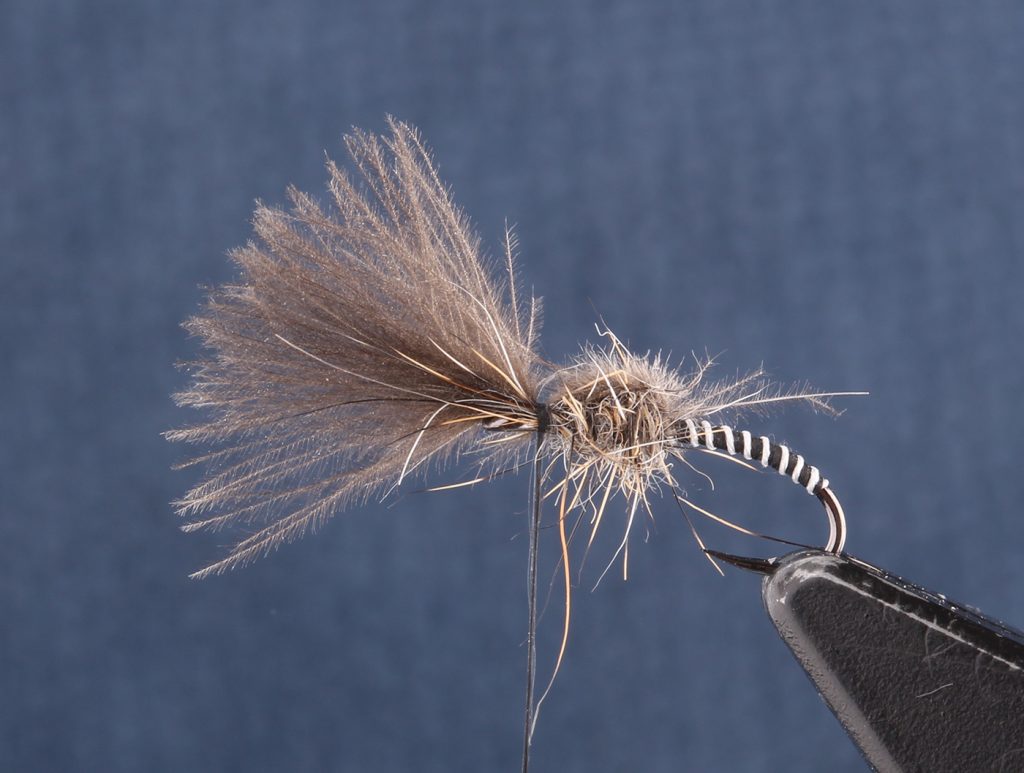

The CDC will hang in the surface with the rest of the fly hanging below it, under the surface, making this a very effective emerger imitation.
The smaller the natural gets, the smaller the imitation obviously has to be – and the smaller the imitation gets, the simpler it can be, a mere suggestion of the natural. In this video, Håkan shows how to tie a very simple, yet effective, imitation of a freshly hatched midge. A fly like this can be fished dry, with a little floatant, or “damp”, hanging just in the surface film in which case it’ll be a fine emerger imitation too.
Midges are on the trout’s menu all year long and sometimes you’ll get lucky a see trout taking freshly hatched midges, even into the early winter, so a few select imitations are an important addition to any still water fly fisher’s box.

